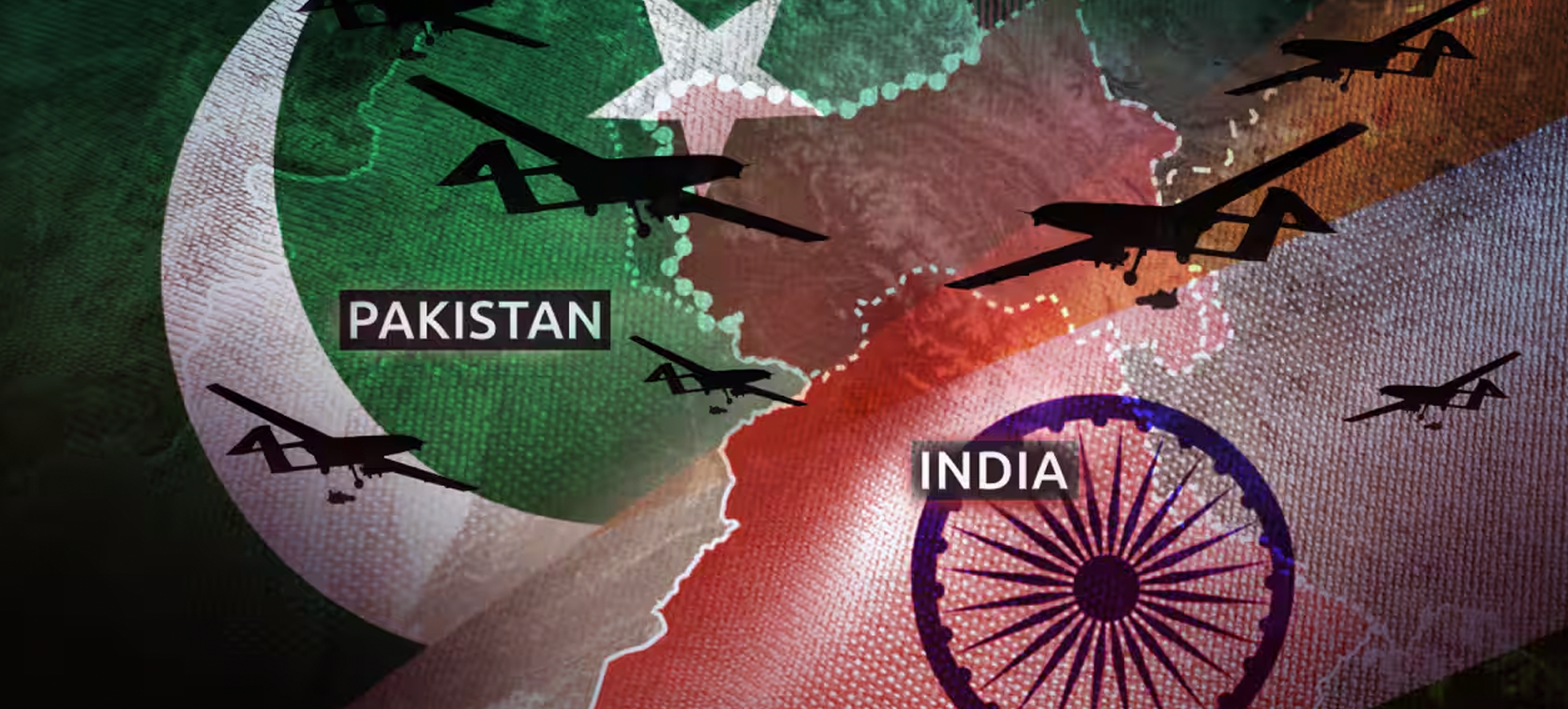The recent military escalation between Pakistan and India has once again laid bare the contrasting strengths and weaknesses that shape South Asia’s strategic landscape. While Pakistan has demonstrated a formidable military capability and a unified national sentiment in response to perceived Indian aggression, its political leadership continues to exhibit a pattern of retreat, de-escalation, and missed strategic opportunity. This persistent disconnect—between operational military readiness and the political will to act decisively—raises critical questions about Pakistan’s ability to translate tactical advantage into long-term strategic positioning.
Over the past decade, Pakistan has quietly and consistently modernised its military infrastructure. Its air force has incorporated technologically advanced platforms such as the Chinese J-10C fighter jets, which, during the latest skirmish, reportedly engaged and outmanoeuvred Indian Rafales—a significant development that challenged India's air superiority narrative. Pakistan’s missile arsenal, including the Shaheen-III with a range of over 2,750 kilometres, places critical Indian installations within striking distance. The country’s nuclear doctrine, defined by "full-spectrum deterrence," assures a credible response across conventional, sub-conventional, and strategic levels.
In the 2019 post-Balakot retaliation, the Pakistan Air Force not only intercepted Indian fighters but also captured a pilot, Wing Commander Abhinandan Varthaman, highlighting its operational discipline and restraint. Yet, what followed politically was telling. Despite its military capabilities, Pakistan's leadership opted to de-escalate rather than capitalise on its tactical successes, demonstrating a consistent trend of political hesitation in moments of conflict.
Unlike many states where war-readiness varies across regions and ideologies, Pakistan’s population—during the recent flare-up—responded with near-unanimous resolve. From urban centres to rural villages, across economic and ethnic divides, the public mood reflected a willingness to go to war if national dignity or Muslim interests were compromised. This unity stems from deeply rooted Islamic values and an ideological worldview that places Pakistan in a wider Ummah-centric role. In social media discourse, mosque sermons, and even youth forums, the dominant narrative emphasised honour, sovereignty, and the protection of Muslim lands.
India, in contrast, displayed a fragmented response. While right-wing segments demanded retribution, others—particularly civil society groups, opposition politicians, and strategic analysts—warned against escalation. Public protests and criticism of Prime Minister Narendra Modi’s handling of the situation reflected fissures within Indian political consensus. This internal division complicated India's coercive diplomacy and revealed challenges in unifying its citizenry under a common strategic goal. The news of a U.S.-brokered ceasefire came as a sigh of relief for Indian leadership, which had not anticipated the robustness and precision of Pakistan’s retaliation. The unexpectedly firm response unsettled strategic calculations in New Delhi and underscored vulnerabilities in India’s escalation management.
Despite possessing a ready military and an ideologically unified populace, Pakistan’s civilian and military leadership have historically failed to translate tactical advantage into strategic victory. A pattern of political hesitation has repeated itself across key conflict episodes:
Kargil War (1999):
Pakistani forces occupied tactically advantageous positions in Indian-controlled Kashmir.
Under international (mainly U.S.) pressure, Prime Minister Nawaz Sharif ordered a withdrawal.
The decision undermined the morale and sacrifice of troops on the ground.
2001–2002 Standoff:
Both nations deployed hundreds of thousands of troops along the border.
Despite a clear posture of readiness, Pakistan, led by General Pervez Musharraf, avoided conflict.
Balakot Crisis (2019):
Pakistan successfully responded to India’s airstrikes.
Pakistan returned the captured Indian pilot within days.
While hailed globally as a peace gesture, many within Pakistan viewed it as premature de-escalation that squandered leverage.
In each instance, military operations positioned Pakistan for potential diplomatic or territorial gains. Yet, a recurring absence of political resolve, driven by a lack of vision led to de-escalation. The international community often interprets this as maturity; domestically, however, it is seen as capitulation. This persistent gap between Pakistan’s military capacity and political decision-making undermines its credibility. The armed forces, having demonstrated preparedness and tactical superiority, operate within a framework constrained by a weak leadership. This not only frustrates public opinion but also emboldens adversaries who see Pakistan’s deterrence as hollowed by leadership timidity.
Moreover, it weakens Pakistan’s diplomatic hand. Tactical success—if not consolidated by political will—fades into irrelevance. India's strategic community is keenly aware of this pattern and often banks on it when crafting escalation ladders, knowing that Islamabad may blink first.
Pakistan stands at a critical juncture. Its military has proven it can deter and respond effectively. Its people are not only ready but demand a more assertive posture on issues of sovereignty and regional dignity. The missing link remains political: a leadership class capable of crafting a long-term strategic doctrine that leverages military strength and public unity into geopolitical outcomes. Until Pakistan addresses this internal asymmetry—between readiness and resolve—it risks repeating a cycle where short-term tactical brilliance is followed by long-term strategic retreat.
